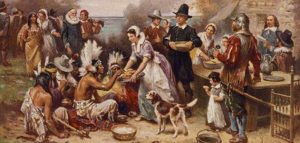In 4th grade we did a lot of things. There were a lot of different types of projects too. The projects I did are my PSA, toy theater, curiosity project, biography project, and Colonial America project. We also had different read alouds. Some of the read alouds are The Tiger Rising, Book Scavenger, and Blood on the River.
We had a couple of subjects. Those subjects were math, writing, social studies, reading, and science. My favorite subject is social studies. I like social studies because you get to learn about new things.
My favorite read aloud is Book Scavenger. I like Book Scavenger because I like mystery. I also like Book Scavenger because there are a lot of parts in the story that makes the book more interesting.
My favorite project was toy theater. That was my favorite project because I liked learning about my topic and it was fun writing the script and making the puppets, theater, and the scenes.
In 4th grade I learned about different things and did a lot of different projects. 4th grade was a really fun year!

Recent Comments